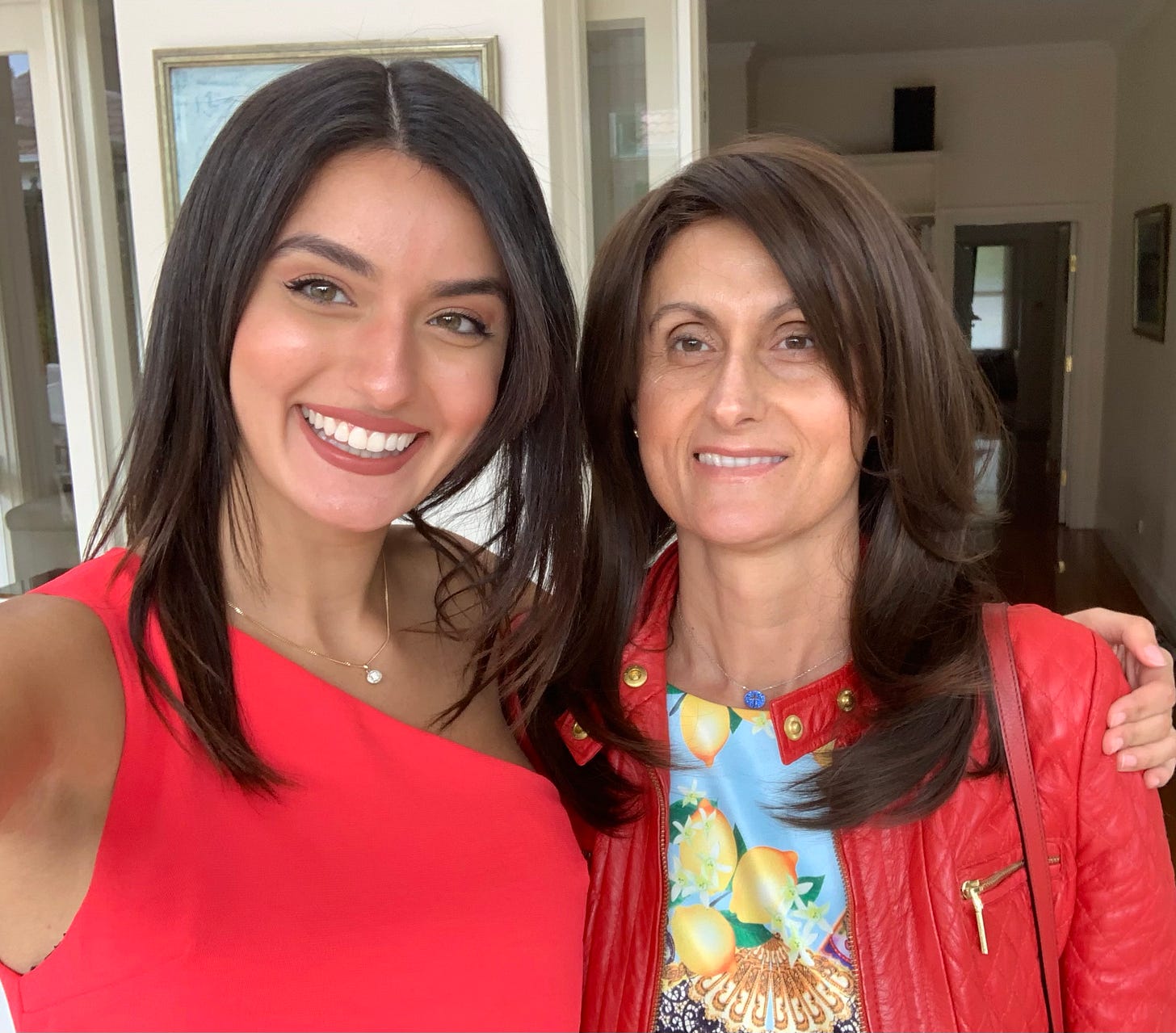Everything You Need To Know About Breast Cancer That No One Is Telling You
I was one of those people that thought breast cancer would never touch them personally, until I lost my mum to the disease last October. This is everything I wish I knew before my mum was diagnosed.
October is Breast Cancer Awareness month. It is, ironically, the same month I lost my mum to breast cancer. I am still in disbelief, most days, that this is a cause that affects me personally.
I remember when my mum was first diagnosed with breast cancer. A surgeon assured my mum that “if you’re to have any cancer, breast cancer is one you want to have”. It’s sickening to think that you’d “want” any type of cancer, but as a family unit, we were falsely confident that my mum wouldn’t lose her life to this perilous disease. We didn’t have a history of breast cancer in our family. In fact, we were surrounded by breast cancer survivors and cocooned by their stories of bravery and defeat. In our minds, all the odds were in my mum’s favour.
Anyone that had the utter privilege of knowing my mum knew that nothing came between her and what she set her mind on. I never, in my lifetime, have met anyone that has wanted to live more than my mum. Not a single being. She tried everything! Tried to heal with Western medicine. Tried to heal holistically. Had a team of doctors internationally. Travelled overseas to specialist cancer treatment centres. There was not a stone unturned. But the truth is, my mum received her diagnosis too late and was, on many occasions, failed by our medical system.
My mum had only waited 18 months between her breast cancer screening and as per the BreastScreen Australia’s recommendations, should have waited another six months to have her routine scan as a 51 year old woman. Within these 18 months, my mum had gone from no cancerous cells detected, to Stage 3B (meaning the cancer had spread from her breast to her lymph nodes).

Here are the statistics you need to know (and should know) to not be the 1 in 7 Australian women (or 1 in 8 American women) diagnosed with breast cancer each year:
Breast cancer is the most common cancer in women in Australia (aside from non-melanoma skin cancer).
It is the second most common cause of cancer death in women in Australia.
You don’t need to have a familial history of breast cancer to be diagnosed with breast cancer. In fact, approximately 5% of all breast cancer diagnoses each year are hereditary.
Breast cancer tumours grow much faster than you think. Whilst this growth rate depends on the type of breast cancer you have (i.e. triple negative, HER-2 positive, etc.), breast cancer tumours double in size every six months. This means, if you grow a tumour a year after your mammogram and have to wait another year as per the routine 2 years BreastScreen, the tumour would have quadrupled in size in this time.
The earlier you detect your cancer, the higher your chance is of surviving. The Australian five-year survival rate for Stage 1 breast cancer is 100%, compared to 32% for Stage 4 breast cancer (meaning the cancer has metastasised from the breast to other organs, such as your liver).
Only because you’re young, doesn’t mean breast cancer won’t affect you. In fact, each year 1,000 Australian women under the age of 40 will be diagnosed with breast cancer, yet under the BreastScreen Australia’s recommendations, women are not invited to have mammograms until the age of 50.
Now that we know the facts, let’s discuss what you (or those you love) can do to get checked for breast cancer, so that you are never in the position me or my family are in.
How to get checked?
You can perform a preliminary breast check on your self and watch a tutorial on how to do so here.
If you are in Australia, the national breast screening program, BreastScreen Australia, invites women between the ages of 50 and 74 to have a free two yearly mammogram. Women between the ages of 40 and 49 and those aged over 74 are also eligible to receive a free mammogram but do not receive an invitation. If you do not fall between this age range, you can speak to your doctor about what your options are.
If you are not based in Australia, I strongly encourage you to do your own research and speak to your doctor about what is available.
How frequently should you get checked?
According to the McGrath Foundation, you should check your own breasts every month around the same time of your menstrual cycle. Checking at this time can account for normal hormonal changes. If you notice a change in your body, you can seek an examination from a medical professional.
When should you get checked and what are the signs of breast cancer?
You shouldn’t wait to have any of the below symptoms to have your routine check. If you do have any of these symptoms, get checked immediately:
a new lump or lumpiness, especially in just 1 breast
changes in breast size, shape or colour
changes in the nipples, like redness, discharge or inversion (turned inside out)
skin changes, such as dimpling, swelling and bulging
irritation or rashes
pain that doesn’t go away
If you have gained anything from this week’s newsletter, it is to not put off getting your breasts checked and scanned. Early detection can be the difference between life or death!
Please share this with your loved ones and let October be your reminder to get your routine check.

This is such a beautiful newsletter! x